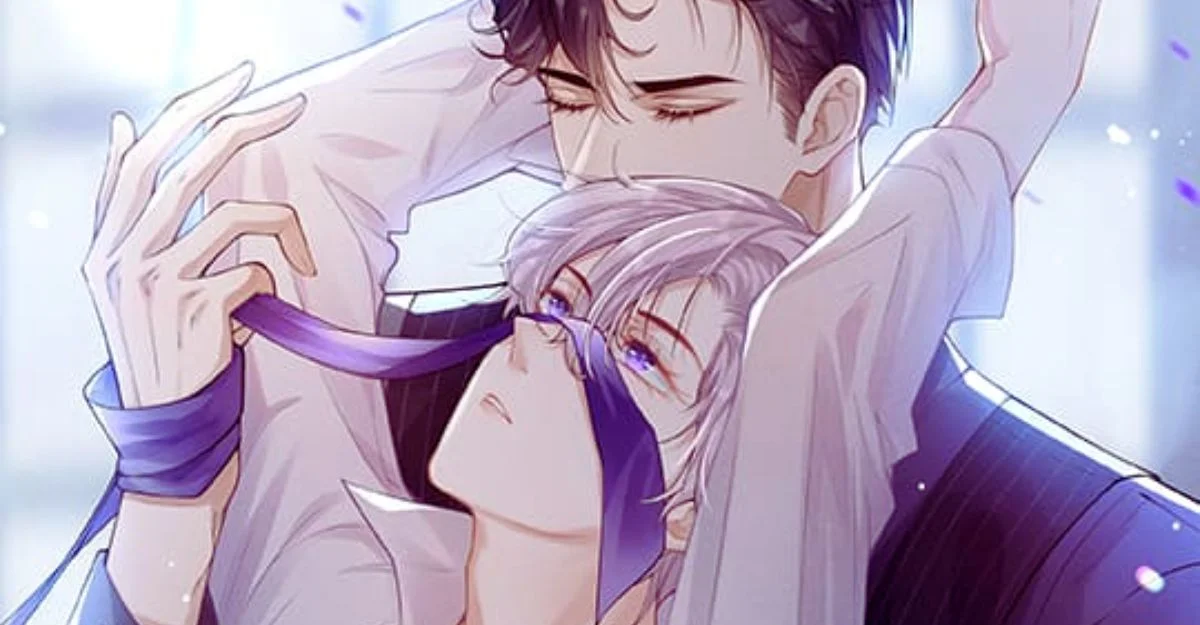Yaoi hentai manga is a specialty yet exceptionally famous kind inside Japanese manga culture, essentially focused on portraying heartfelt and sexual connections between male characters. The class holds a special spot in manga and anime fandoms around the world, drawing a committed crowd because of its serious personal stories, changed imaginative styles, and brazen investigation of subjects that reach from delicate sentiment to unequivocal grown-up satisfied. This article digs into the starting points, qualities, social importance, and contentions encompassing yaoi hentai manga.
Origins and Evolution of Yaoi Manga
Historical BackgroundThe expression “yaoi” starts from a Japanese abbreviation for “Yama nashi, Ochi nashi, Imi nashi,” signifying “no peak, no zinger, no significance.” It was at first begat during the 1970s to portray fan-made doujinshi (independently published works) that zeroed in on male connections, frequently without conventional story structures. While yaoi started as novice content, its fame prompted the rise of expert manga that followed comparable subjects.
Integration with Hentai Themes
Over the long run, yaoi manga differentiated to incorporate more experienced and unequivocal substance, leading to the subgenre of yaoi hentai manga. Hentai, a term alluding to grown-up themed manga or anime, intertwined with yaoi to investigate unequivocal sexual elements between male characters. This blend permitted craftsmen to push limits, introducing stories that took special care of mature crowds while investigating further subjects of closeness and power elements.
Key Characteristics of Yaoi Hentai Manga
Artistic Style
Yaoi hentai manga frequently includes exaggeratedly gorgeous characters, normally alluded to as “bishounen” (delightful young men). These characters are drawn with fragile facial highlights, slim builds, and expressive eyes, underscoring their gender ambiguous allure. Craftsmen as often as possible utilize complicated enumerating in private scenes, guaranteeing both tasteful and profound commitment.
The Seme-Uke Dynamic
A hallmark of yaoi is the “seme” (dominant partner) and “uke” (submissive partner) relationship dynamic. The seme is typically portrayed as older, taller, and more assertive, while the uke is younger, smaller, and more emotionally vulnerable. This dichotomy, while iconic, has sparked debates over its reinforcement of traditional gender roles within queer representation.
Themes and Storylines
Yaoi hentai manga investigates different subjects, from unadulterated sentiment and illegal love to more obscure components like non-consensual experiences and complex epic showdowns. While certain accounts center around shared fondness and consensual connections, others dive into disputable subjects, starting conversations about the moral ramifications of such portrayals.
Cultural Significance
Audience Demographics
Curiously, the essential crowd for yaoi hentai manga isn’t gay men however hetero ladies. This peculiarity can be ascribed to the class’ attention on close to home profundity and the shortfall of customary orientation imperatives in connections. Female perusers frequently find yaoi enabling as it gives a space to investigate sexuality outside cultural assumptions.
Global Reach
What started as a Japanese peculiarity has now gotten forward momentum. Online stages, fan interpretations, and web-based entertainment play had a huge impact in acquainting yaoi hentai manga with worldwide crowds. This worldwide allure has prompted social trades, encouraging conversations about LGBTQ+ subjects in areas where such themes stay untouchable.
Controversies Surrounding Yaoi Hentai Manga
Representation of LGBTQ+ Relationships
Critics argue that yaoi hentai manga often prioritizes fantasy over realistic depictions of gay relationships. The genre’s reliance on exaggerated tropes, such as the seme-uke dynamic, can sometimes reinforce stereotypes rather than challenge them. Furthermore, some narratives focus on non-consensual relationships, raising concerns about their potential to romanticize harmful behaviors.
Ethical Concerns
The unequivocal idea of yaoi hentai manga has additionally ignited banters about restriction and age-proper substance. While many fans safeguard the class as a type of creative articulation, others question expected influence on more youthful crowds might experience it online without legitimate direction.
Notable Works and Artists
Several yaoi hentai manga have achieved critical acclaim and commercial success, establishing themselves as classics in the genre. Works like Finder by Ayano Yamane and Junjou Romantica by Shungiku Nakamura strike a balance between romantic storytelling and explicit content, catering to diverse reader preferences. These manga, alongside others, have significantly influenced the genre’s evolution and its reception among global audiences.
The Future of Yaoi Hentai Manga
As cultural perspectives toward LGBTQ+ issues keep on developing, so too does the yaoi hentai classification. Arising makers are progressively tending to the requirement for different portrayal, splitting away from customary figures of speech to offer more nuanced depictions of strange connections. Moreover, the ascent of computerized stages has democratized admittance to yaoi hentai manga, empowering free specialists to contact more extensive crowds and investigation with imaginative narrating methods.
Conclusion
Yaoi hentai manga stays an interesting and multi-layered class that has dazzled perusers for quite a long time. Its mix of profound narrating, imaginative innovativeness, and intense investigation of subjects makes it an interesting piece of manga culture. Nonetheless, its debates and impediments feature the significance of basic commitment with the substance. Whether celebrated as a type of imaginative articulation or studied for its depiction of LGBTQ+ connections, yaoi hentai manga obviously holds a huge spot in the realm of manga and anime fandoms.
By fostering open discussions and embracing diverse perspectives, fans and creators alike can ensure the genre continues to thrive while evolving to reflect a more inclusive and authentic narrative landscape.

